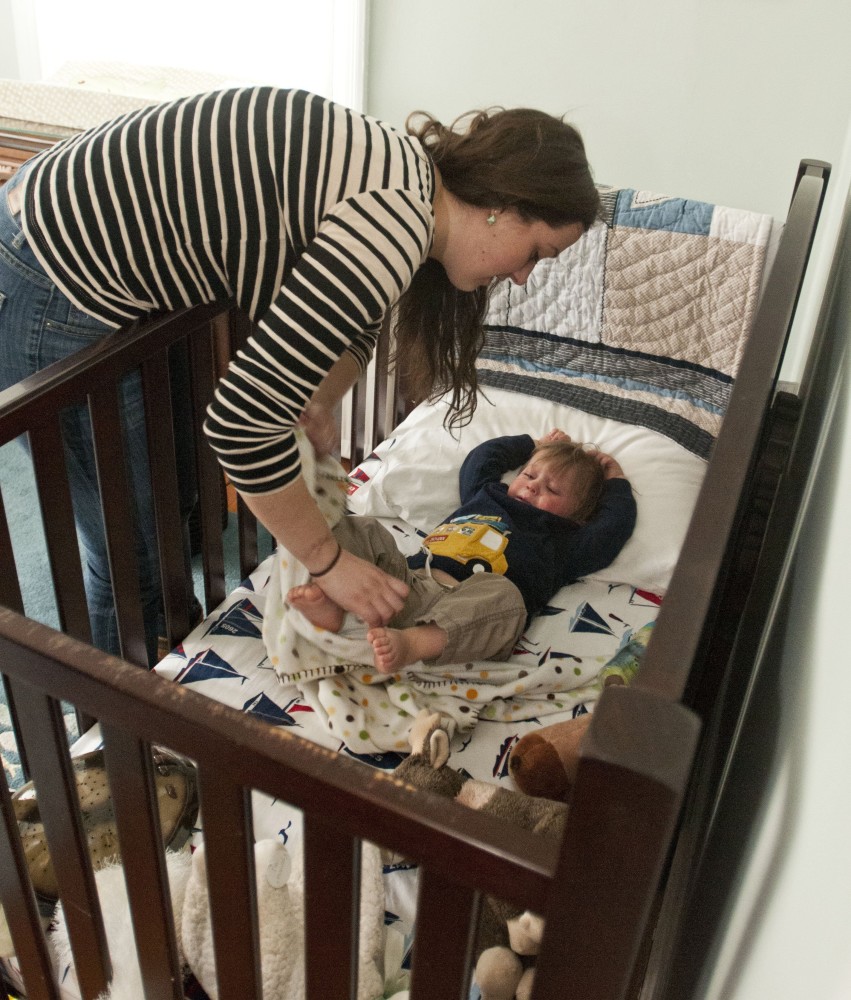By Carolyn Bigda
Chicago Tribune.
Paying the wages of a nanny or baby sitter is expensive on its own. But if you’re hiring a nanny for the first time, be sure not to forget another important expense: taxes.
In the eyes of Uncle Sam, you may owe taxes on wages you pay your caregiver or any other household employee whose hours and responsibilities you control.
Still, the “nanny tax,” as it’s known, often goes unpaid.
“More people are liable for these taxes than they think,” said Laura Weiland, president of The Nanny Tax Co., which helps prepare household employee tax forms.
The IRS can’t audit every potential household employer, but there are ways to get caught. A former nanny, for example, may try to collect unemployment benefits after being let go from the post.
When there’s no record of the job, a red flag could go up, and you could be on the hook for past taxes, plus interest and penalties.
So to get off on the right tax foot when hiring someone to care for your child at home, follow these tips:
First, figure out the taxes you must pay.
For 2014, wages that total $1,900 or more for a household employee are subject to Social Security and Medicare taxes (known as Federal Insurance Contributions Act, or FICA, taxes). The tax is 15.3 percent of pay, half of which you can withhold from your employee’s paycheck.
The other half, 7.65 percent, is your responsibility as the employer.
If you pay $1,000 or more to household employees during a calendar quarter (say, October through December) you also owe the federal unemployment tax, which is 6 percent of the first $7,000 of pay. You’ll also be on the hook for any state unemployment taxes.
HOW TO PAY
Keep in mind that you cannot classify household employees as independent contractors, who receive a Form 1099-MISC and pay the full 15.3 percent of Social Security and Medicare taxes themselves. By law, all household employees must receive a Form W-2.
“Misclassifying a nanny as an independent contractor is the most common mistake we see,” said Tom Breedlove, director of Care.com HomePay, a service that manages payroll and tax filing for household employers.
With each paycheck, you deduct the nanny’s share of FICA taxes, along with the federal and state income taxes he or she elects to have withheld.
Then, generally every quarter, you make an estimated payment of taxes due (though for some state taxes, monthly deposits may be required). And during tax-filing season, furnish your employee with a Form W-2, and file a Schedule H with your income tax return.
Free calculators are available online to help you figure your tax liability, such as at myhomepay.com. Or you can pay someone to do the math for you.
The Nanny Tax Co., for example, charges $475 annually, plus a $100 registration fee, to help you prepare tax reports and file tax payments electronically. Care.com’s HomePay bills $190 per quarter and $90 for year-end tax preparation, plus a $100 registration fee. But the service will manage your nanny’s paychecks and tax withholdings, as well as prepare tax forms.
TAX BREAKS FOR YOU
Nanny taxes can add up. A household in California that pays a nanny $13.59 per hour, the national average, will owe about $2,500 in taxes per year (based on a 40-hour workweek). But you can offset the cost by taking advantage of child care tax breaks.
If your employer offers a dependent care flexible spending account, you can set aside up to $5,000 in pretax dollars for child care expenses.
Depending on your income tax rate, that will save you $2,000 to $2,300 per year on your federal tax bill, Breedlove said.
No flexible spending account? You can claim the child and dependent care credit, which, for most families, is 20 percent on up to $3,000 of child care expenses for one child or $6,000 for two children.
___














































































































































































































































































































































































